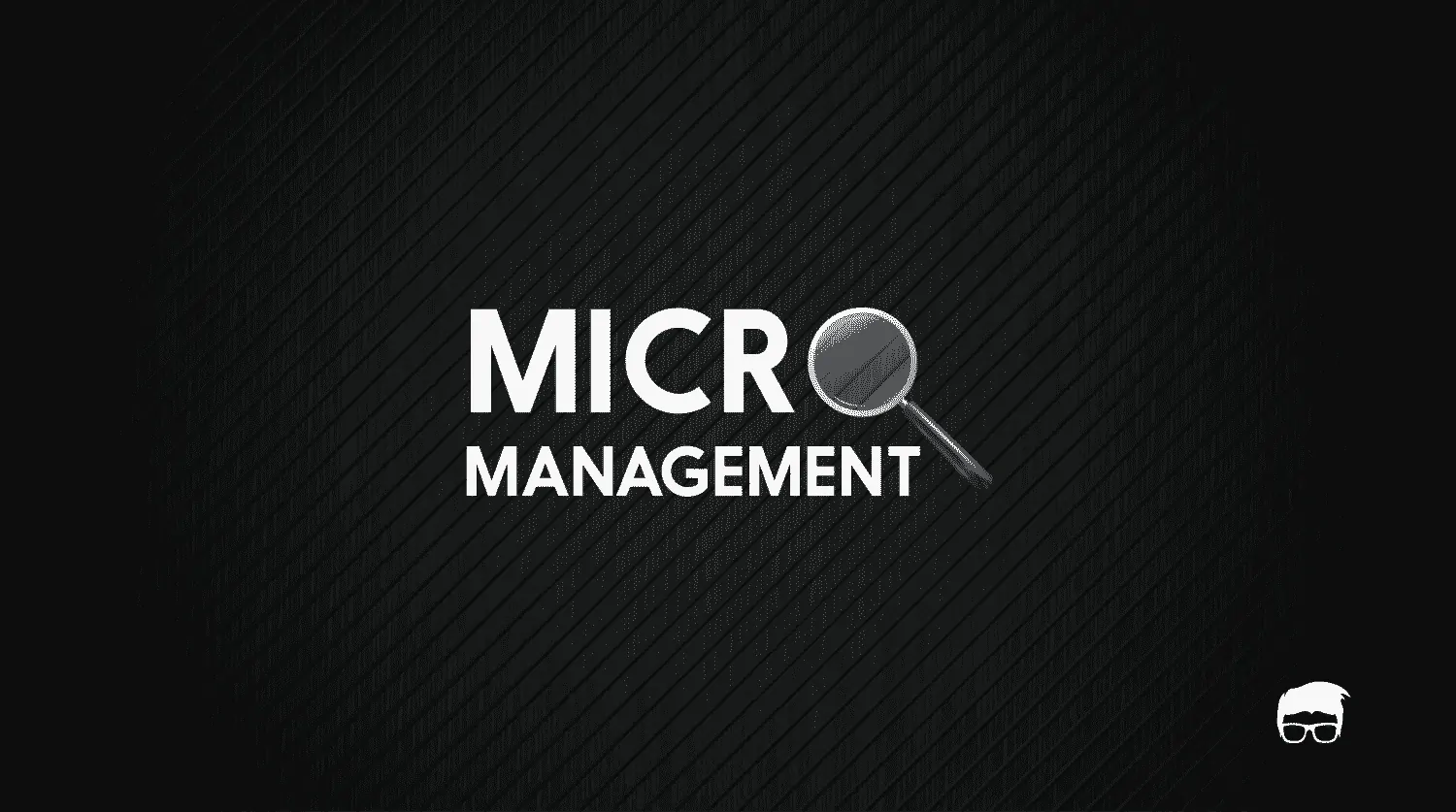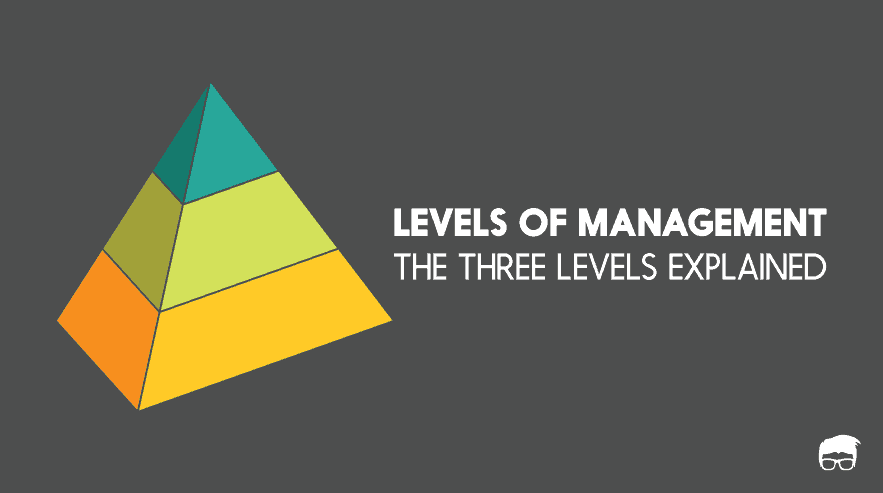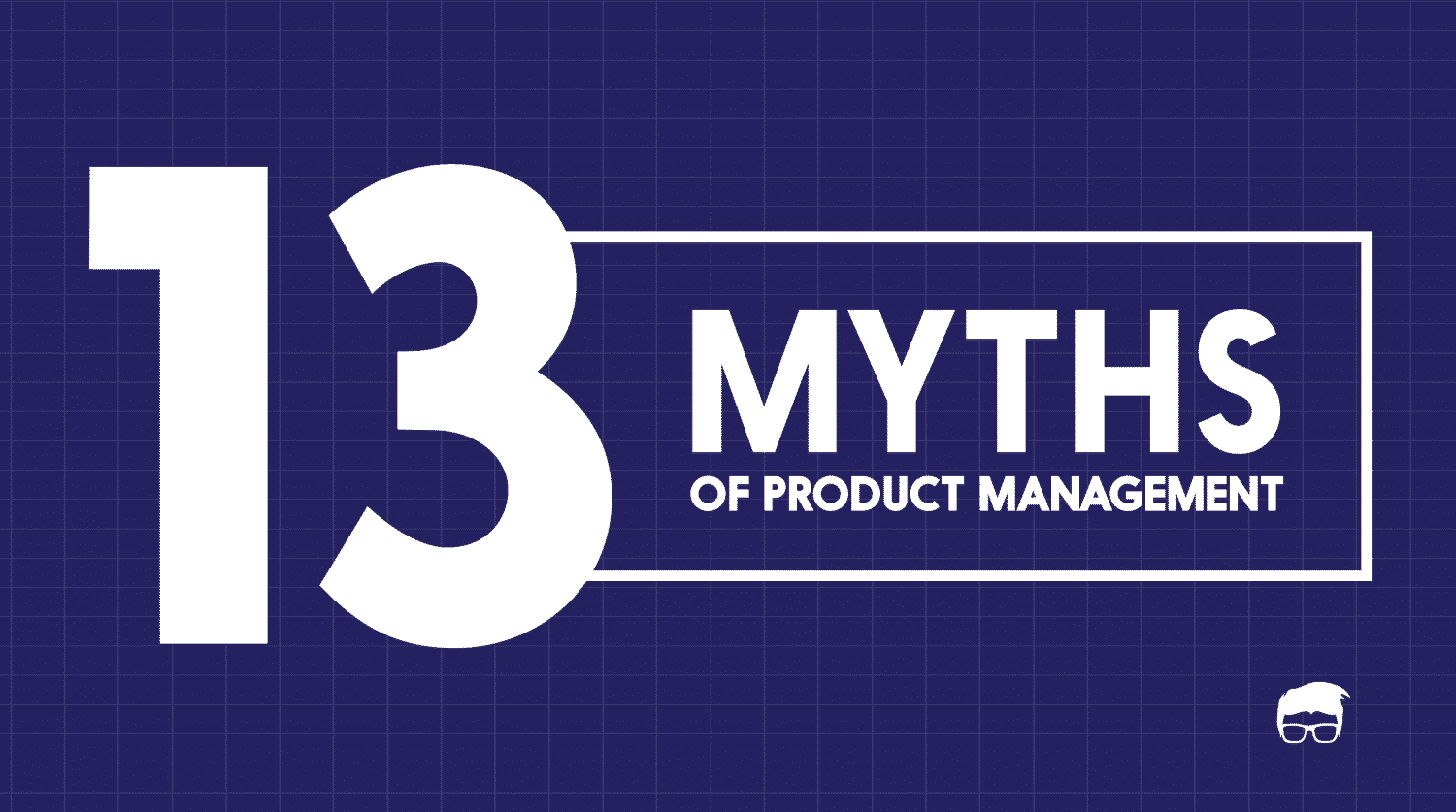Management is what directs the efforts of the group towards a definite purpose. It is an integral part of every organization irrespective of its niche as management is what leads to the fulfillment of the goals effectively and efficiently.
“Management is an art of getting things done through and with the people in formally organized groups. It is an art of creating an environment in which people can perform and individuals and can co-operate towards attainment of group goals” – Harold Koontz
In his book The Practice of Management, Peter Drucker described the primary goal of a manager as “to make people productive”. However, different managers fulfill this role in different styles.
Directive Management Style
Also called autocratic or coercive management style, the directive management style is characterized by a top-down decision-making process that often ignores subordinates’ inputs, creativity, learning, and growth. A directive manager closely controls and directs the employees and follows the “do it the way I say” approach.
Employees working with a directive manager are often unhappy and start to lose their creativity after some time.
Objective of Directive Management Style
The main objective of the directive management style is to get immediate compliance of the subordinates and to get the task done in a traditional/usual way.
Characteristics of a Directive/Coercive/Autocratic Manager
- Do As I Say Approach: Directive manager dictates everything related to the work; what is to be done and how is it to be done and expects it to be done in the way he has directed.
- Negative Motivation: An autocratic manager often creates an environment of negative motivation where failure or a mistake is not tolerated but punished.
- Close Watch On Employees: A directive manager micromanages the day, tasks, and the team.
- Self Praise: A coercive manager often uses self-praise to make the team follow his footsteps.
Advantages
- Full Control: The manager is in full control of the work happening in the organization which avoids conflicts and mistakes to a considerable level.
- More Discipline: There is more discipline in the organization as the manager micromanages everyone and everything.
Disadvantages
- Employees Don’t Have A Say: A directive manager treats himself as the king and expects everyone to obey his orders. Most of the times, this attitude of the manager annoys employees as they don’t have a say in the decision or even in the work they do.
- Very Less Learning: The scope of learning for employees is very low as everything is dictated to them.
- Low Employee Morale: Negative motivation, strict orders, less learning opportunities lessen the employees’ morale.
- More Employee Turnover: A directive management style may not suit every organization and may lead to huge employee turnover.
When To Use Directive Management Style?
Emergency
Autocratic management style is most recommended at the time of emergencies and unforeseen events where close supervision is necessary for the survival or progress of the organization.
High-Risk Fields
High-risk fields like mines, manufacturing plants, military, etc. where micromanagement is essential to avoid injury or other dangerous outcomes.
When Not To Use Directive Management Style?
Highly Skilled Employees
Highly skilled employees don’t like to be dictated. They often protest against directive managers which results in low organizational harmony.
Employees Are Underdeveloped
Underdeveloped employees look for opportunities to learn and since autocratic management style supports less learning, this management style isn’t recommended for instances where employees have zero or very little experience.
Authoritative Management Style
As the name suggests, an authoritative manager is someone who can be trusted and has command over his subordinates because he can be relied upon.
The authoritative management style is also referred to as the visionary management style as it aims at getting the work done by providing them a long-term vision and a direction to head to.
Objective Of Authoritative Management Style
The main objective of the authoritative manager is to mobilize the team towards a common vision and focus on the end goals. The subordinates are free to choose any means.
Characteristics Of An Authoritative/Visionary Manager
- Sets The Vision: The authoritative manager sets the vision of the company and mobilizes the team to focus on the end goals. He often takes a step back after making things clear to the employees. This not only helps employees learn new things but also opens many new doors to tap the untapped creativity of the employees. The visionary manager also helps the employees when in need.
- Has Firm But Fair Stance: He takes a firm but fair stance when setting up the goals and dealing with his subordinates.
- Uses Positive Motivation Techniques: A visionary manager helps his team whenever they need his help. He also uses positive motivation techniques like persuasion and constructive feedback to motivate his subordinates and team members.
- Has a High Level Of Credibility: An authoritative manager is someone who can be relied upon. He is very credible which makes him command the respect and cooperation of his subordinates in following him.
Advantages
- Clarity: Since the vision, the goals, and the directions to achieve the same are already discussed in the beginning, the subordinates work with much clarity to take the routes they want.
- Freedom To The Employees: The back foot strategy of the authoritative manager gives much more freedom to the employees which boost up their morale.
- Learning Opportunities: Since the routes to achieve the goals are decided by the employees themselves, this management style results in many learning opportunities for them.
- More Creative Approach: Setting up a clear goal and giving employees the freedom to choose the routes results in may creative and untapped ways to achieve the same which eventually benefits the organization.
Disadvantages
- Some Employees May Take Non-Beneficial Routes: Giving employees the freedom to choose the routes they want to may result in some employees taking routes that are not beneficial for the company or sometimes which may lead to losses.
When To Use Authoritative Management Style?
When Clear Vision And Goals Are Required
Opting for the authoritative management style is suggested when the organization doesn’t have a clear vision and requires a credible manager to set goals for everyone.
The Manager Is Credible
The authoritative style suits the managers who are credible and have huge convincing power.
When Not To Use Authoritative Management Style?
When Subordinates Are Underdeveloped
This style isn’t suggested when the subordinates are new to the industry and require a certain amount of superior intervention and guidance.
When The Manager Isn’t Credible
If the manager lacks credibility he will not be able to convince the employees and this style will not work.
Affiliative Management Style
The affiliative style aims at creating harmony among the people working within the organization. It is the “people first” style.
Objective Of Affiliate Management Style
The main objective of an affiliative management style is to maintain organizational harmony.
Characteristics Of An Affiliative Manager
- People First: An affiliative manager always prioritizes people and their happiness over the work.
- Harmony In the Organization: He aims to create a harmonious relationship in the workplace among everyone working in the organization.
Advantages
- Happy employees: Since employee contentment is given a priority over other things by an affiliative manager, employees feel more happy being guided by this type of manager.
- Fewer Conflicts: This management style put more focus on conflict management.
- More Freedom: This management style is characterized by flexibility and employees are given more freedom to do the tasks their own way.
Disadvantages
- Performance is affected: The affiliative style focuses more on organizational harmony than on organizational tasks which often affect the overall performance.
When To Use Affiliative Management Style?
When There’s Less Team Spirit Among Employees
This management style is most suited to teams where there’s less team spirit and the manager feels affiliative style is important to maintain organizational harmony and future progress.
If Tasks Performed Doesn’t Require High-Quality Performance
An affiliative style is preferred in the organization where the tasks performed by the employees are routine and do not require some top-notch or different approach.
When Not To Use Affiliative Management Style?
Output Driven Industries
Industries where the future of the organization largely depends on the output and performance of the employees.
When High Performance Is Required
In times of crisis or emergency where the organization becomes hugely dependent on the output to survive in the market.
Democratic Management Style
Also referred to as the participative management style, democratic style focuses more on consensus and building commitment among the employees.
Objective
As the name suggests, the democratic management style supports democracy and its principles and aims at doing the task with the consensus of the employees.
Characteristics Of A Democratic/Participatory Manager
- Encourages Participation Of Everyone: A democratic manager encourages the participation of every employee, listens to everyone and puts an emphasis on democratic judgment.
- Motivates Positively: The participatory manager motivates the subordinates by listening to everyone, giving positive feedback, and by rewarding the team for their efforts.
Advantages
- Builds A Well Connected Team: This management style builds cooperation among the team members who are encouraged to work together.
- Motivates The Employees: Participatory style motivates the employees better than other management styles as they get to participate in the decision-making process.
- Team Feels Satisfied With The Decisions: Since the decisions are made by the team for the team, the employees feel more satisfied as compared to when the manager takes decisions themselves.
Disadvantages
- Slow Progress: The democratic style requires a manager to listen to every employee before making the final decision.
- Manager Has Less Say In Decision Making: Since the decisions are made according to the consensus of the employees, the manager often has to take the decision against his own will.
When To Use Democratic Management Style?
When The Decision Making Requires Brainstorming
There are many decisions that require a second thought or suggestions from others. Democratic management style suits best to workplaces where managers have to make such decisions.
When Subordinates Are Experienced
Participatory management style suits best to the organization where the employees are experienced and can give good inputs during the decision making process.
When Not To Use Democratic Management Style?
Inexperienced Employees
This style is not suited to organizations where the employees are undertrained or inexperienced.
When Decisions Are To Be Made Instantaneously
The participation of every employee requires a lot of time and can cause a huge lag in the decision-making process. This style is not suited when decisions are required to be made by the managers instantaneously.
Pacesetting Management Style
Pacesetting managers are high achievers in a certain market/niche and use their experience to get the most out of the highly-motivated workforce.
Objective
The objective of this management style is to combine the prior experience of the pacesetter and the high motivation and energy of the team to accomplish the task with high engagement and motivation.
Characteristics Of A Pacesetter Manager
- High Achiever: A pacesetter is a high achiever in his own niche and uses his experience to guide the team.
- Works At A Great Pace: The pacesetter prefers to work at a great pace from the start. The team under him performs with high energy, engagement, and motivation.
- Prefers To Do Many Tasks Himself: He often sets an example by doing many tasks himself.
- Motivates By Setting High Standards Of Excellence: He motivates his subordinates my setting high standards of excellence and those who can’t match it are assigned to different tasks.
Advantages
- High Energy And Excitement In The Team: Employees often like to work with some renowned figures. This motivates them to perform better.
- More Motivation: Setting up high standards of excellence motivates the employees to outperform themselves.
Disadvantages
- Impossibly High Standards: Managers sometimes set impossibly high standards that demotivates the employees.
- Too Much Pressure: The never-ending expectation of outperforming themselves often pressurizes the employees.
When To Use Pacesetting Management Style?
When The Manager Is An Expert In his Niche
The Pacesetting style works only when the manager is an expert in his field who can set the pace for the employees.
When The Employees Are Experienced Enough
Inexperienced employees can never match the goals set by the pacesetters and this style will prove to be futile when used with inexperienced employees.
When Not To Use Pacesetting Management Style?
When Employees Require Coaching
This style is not suited to organizations where employees are not experts and require guidance to do the tasks.
When The Manager Is Not An Expert
A manager has to be an expert in his niche to adopt this management style.
Coaching Management Style
Also referred to mentorship management style, the coaching style involves coaching and guiding the subordinates to complete the tasks.
Objective
The coaching style aims at long-term professional growth of the employees by providing them mentorship and learning opportunities.
Characteristics of An Mentor/Coach Manager
- Mentors Employees: He has a great willingness to help and mentor his subordinates and provide them with learning opportunities for their long-term professional growth.
- Is Expert & Highly Experienced: He is an expert in his field and uses his expertise to help employees succeed in their life.
Advantages
- More Motivated Employees: Since the ambitions of employees are also kept in the mind while mentoring them, they feel more motivated and satisfied.
- Better Senior Subordinate Bond: This management style strengthens the senior-subordinate bond as seniors help the subordinates in their long-term professional growth.
Disadvantages
- Requires Highly Skilled Managers: Mentorship management style requires the managers to be highly skilled and expert in their niche.
When To Use Mentorship Management Style?
When Employees Need Motivation
This management style suits best to the organization where employees require more motivation to complete the tasks.
When Not To Use Mentorship Management Style?
When The Manager Isn’t An Expert In His Niche
An inexperienced manager proves out to be a bad mentor.
Go On, Tell Us What You Think!
Did we miss something? Come on! Tell us what you think about our article in the comments section.
A startup consultant, digital marketer, traveller, and philomath. Aashish has worked with over 20 startups and successfully helped them ideate, raise money, and succeed. When not working, he can be found hiking, camping, and stargazing.








